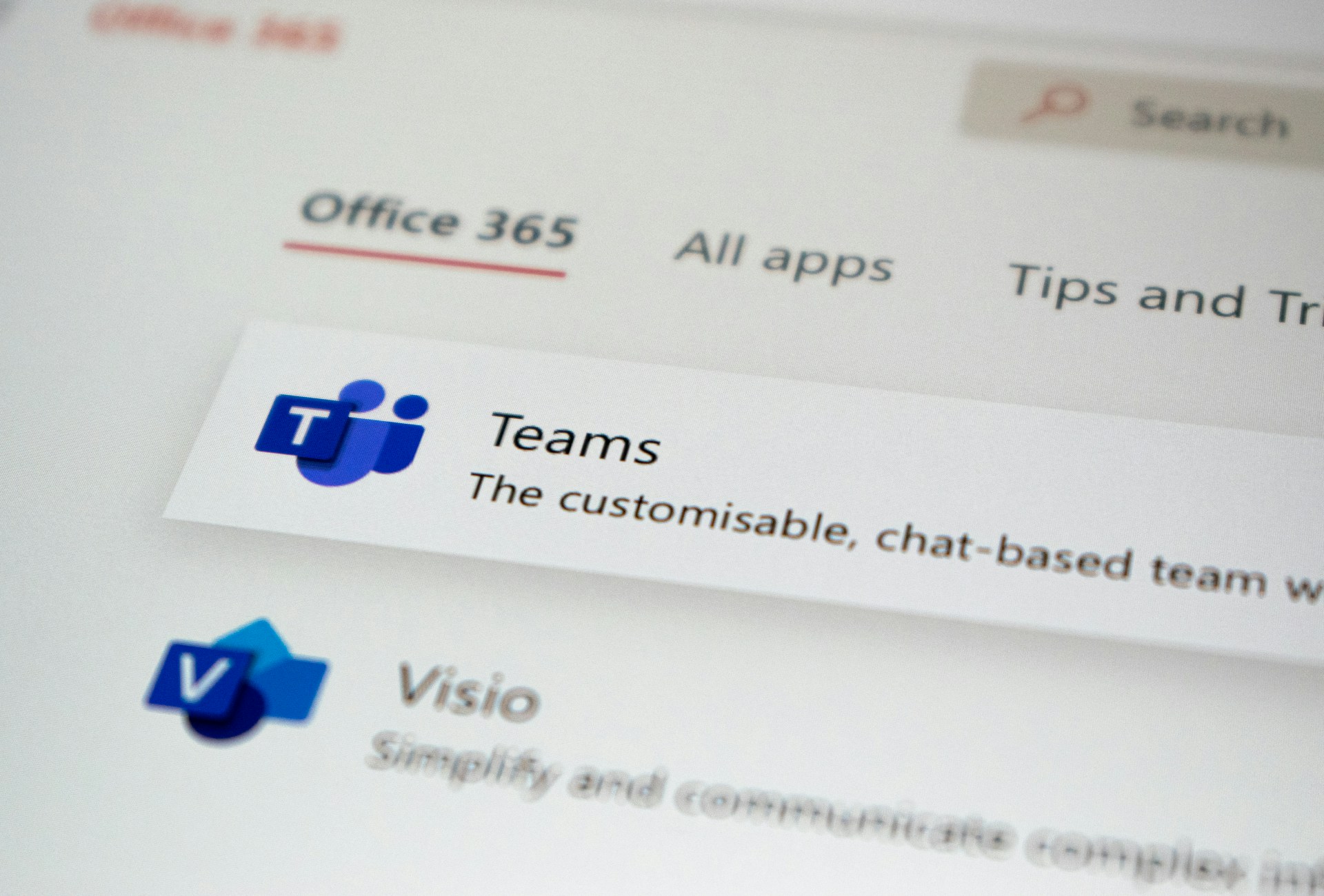Microsoft has taken an additional step to safeguard its flagship collaboration platform, Teams, at a time when digital threats are multiplying at unprecedented rates. The Redmond-based company has confirmed new security features aimed at protecting conversations, files, and meetings for over 320 million active monthly users across 181 markets and 44 languages.
The enhancements focus on two of the most common attack vectors in corporate environments: attachments and shared links.
Starting September 2025, Teams will automatically block messages containing executable file types and other formats considered “weaponizable,” meaning susceptible to malware propagation. Simultaneously, the platform will include an advanced system for detecting malicious URLs in chats and channels. When a user receives a suspicious link, they will be warned before clicking, reducing the risk of falling victim to phishing campaigns, ransomware, or credential theft.
These features will be progressively available across all standard instances of Microsoft 365 multi-tenant and will be deployed on desktop, web, and mobile apps (Android and iOS).
A key development anticipated by cybersecurity teams is the integration of Teams with Microsoft Defender’s Tenant Allow/Block List. This allows administrators to block communications from suspicious external domains not only in chats but also in calls, channels, and meetings. Moreover, automated deletion of previous conversations with contacts from those domains will offer finer control over persistent threats.
Management of these settings will be accessible directly through the Microsoft Defender admin portal, facilitating coordination between IT and security departments. The rollout is currently in a targeted deployment phase, with general availability expected at the end of September 2025.
Complementing these measures, Microsoft has implemented additional actions during 2025, such as the July introduction of “Prevent Screen Capture,” which darkens the window during sensitive meetings if someone attempts to take a screenshot, providing extra protection for confidential data, especially in regulated sectors like banking, healthcare, and government. In January, the company also reintroduced brand impersonation protections in Teams chats to combat phishing, particularly where external access is permitted.
These efforts aim to bridge the gap between real-time collaboration and corporate security, addressing one of the main concerns for organizations facing increasing volumes and sophistication of cyberattacks annually.
Strategically, these security updates reinforce Microsoft’s competitive stance against rivals like Slack (owned by Salesforce) and Zoom, which have both positioned themselves as more flexible, lightweight collaboration alternatives. Given that integration between productivity and security is highly valued, Teams benefits from its close connection with the Microsoft 365 ecosystem, including Outlook, OneDrive, SharePoint, and Defender.
Experts believe these features will strengthen CIOs’ and CISOs’ confidence in the platform, making it the preferred choice for organizations managing sensitive data or adhering to strict compliance and cybersecurity regulations.
Despite technical improvements, human factors remain a significant challenge. Social engineering continues to be a highly effective attack method, and technological protections are insufficient without user awareness. Microsoft recognizes this and, alongside deploying technical safeguards, is promoting awareness campaigns and training to encourage good digital practices. Ultimately, the success of these defenses will depend as much on technology as on fostering a security culture within organizations.
Frequently Asked Questions (FAQ):
What files will Microsoft Teams specifically block?
Teams will block executable files and other high-risk types like .exe, .bat, or potentially dangerous scripts commonly used to spread malware.How does malicious link detection work in Teams?
The platform automatically analyzes links shared in chats and channels. If a suspicious pattern is identified, a warning appears before the user clicks.When will these new features be available?
Global deployment will begin in September 2025, with full general availability expected by the end of that month.What role does Microsoft Defender play in these improvements?
Defender will enable administrators to manage blocked domains, delete previous communications, and centralize threat management from a single dashboard.Will these measures affect user experience?
Microsoft ensures that changes are designed to be transparent and minimally intrusive, prioritizing security without hindering daily collaboration.How does Teams compare to Slack or Zoom regarding security?
While Slack and Zoom have improved their encryption and authentication protocols, Teams offers a more comprehensive integration with enterprise security tools within the Microsoft 365 ecosystem, making it a more robust option for large organizations.
Source: Cybersecurity news

